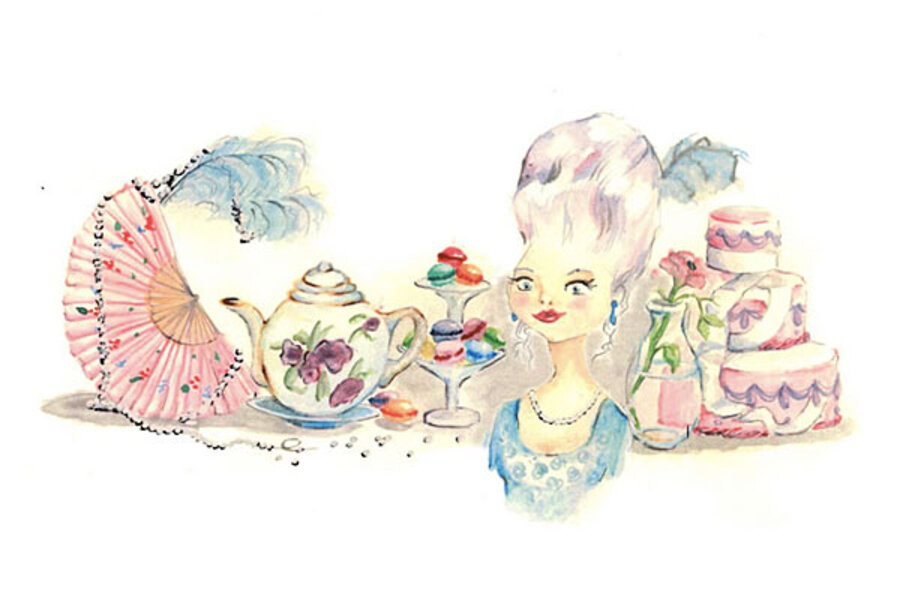Google Doodle contest: young artists vie for site's 1 billion viewers
Loading...
| New York
Doodles are not just something students do in their notebooks during class. When used by Internet giant Google, they are artwork that stands in for the company’s logo, above the search bar on the home page – and kids are competing to get their drawings chosen as the next one.
On Tuesday, Google announced the 50 state winners of their fifth annual Google 4 Doodle contest, in which schoolchildren design their own “Google Doodle.” The first-place design, which will be selected on May 17, will be displayed on the Google home page. Since more than a billion people a day use Google, the winning young artist’s work will get lots of eyeballs. The first-place winner will also get $30,000 towards college and a $50,000 technology grant for his or her school.
The top Doodle will be chosen from the winners in five age groups. Winnowing the 50 state winners down to five national finalists, however, will be done through – how else – online voting. More than 114,000 students in grades kindergarten through 12 submitted artwork featuring the Google logo drawn with their answer to the question: “If I could travel in time, I’d visit…”
Tips for getting your doodle chosen?
Be creative, thoughtful, and relevant to the theme and culture. Also, it helps to be able to draw.
“I just wanted to stand out because there are so many people who enter, so I tried to put my personal touch in it,” says Barbara Murphy, 18, who became the New York State winner with her watercolor and marker drawing of Marie Antoinette, inspired by the line “let them eat cake.”
The contemporary theme of class divide was a factor in Ms. Murphy’s win.
“It resonated with what’s going on in the world,” says Thomas Ranese, a director of marketing for Google, at the High School for Art and Design, where they presented the Doodle in an assembly to Murphy’s classmates.
In Murphy's creation, the word “Google” is spelled out with drawings of a fan, a teapot, macarons cookies, Marie Antoinette and her pompadour, a vase, and, of course, a cake. The students had to submit a short statement explaining why they would travel to the particular time they chose.
“I would visit the Palace of Versailles during the early stages of the French Revolution to see if Marie Antoinette was truly as blind to the troubles outside the palace as she is portrayed. Her alleged posh lifestyle truly intrigues me,” Ms. Murphy wrote in the statement that accompanied her submission.
Other state winners ranged from prehistoric times to the far future.
Last year, 7-year-old Matteo Lopez won the first place prize with a drawing of outer space – including an alien eating the earth, an astronaut, and a rocket.
People can vote on their favorite until May 10, and the winning design will be featured on Google’s homepage on May 18.







